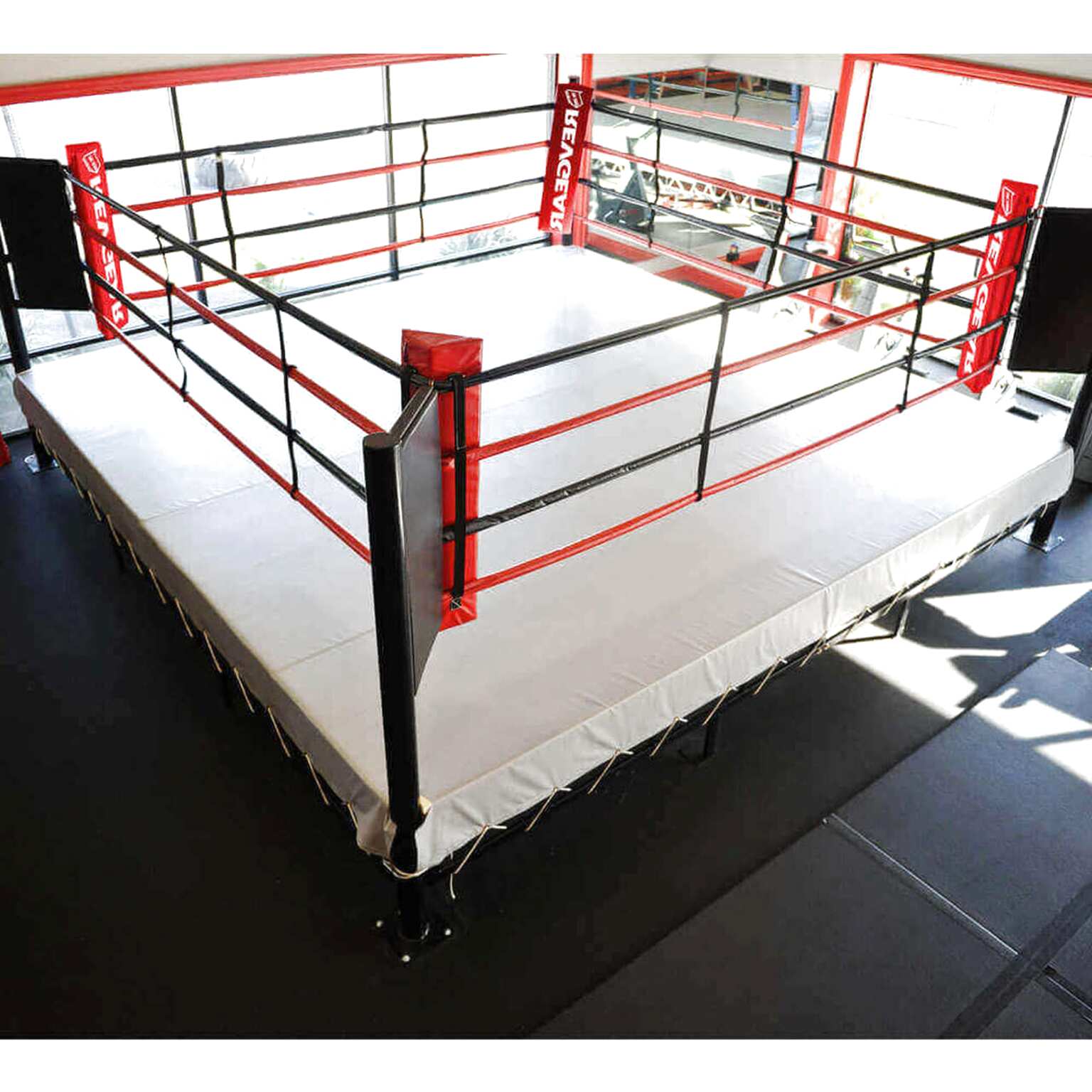

Eventually, the brutality of fist fighting inspired Jack Broughton, an English bare-knuckle fighter, to create a set of rules for boxing.īroughton’s rules became the standard for the sport of boxing for nearly a century. This also kept spectators from interfering with the fight. They did so to create a boundary that would keep fighters in the ring. Often, spectators forming a ring around fighters would hold up a rope. The term “ring” likely came to be used for these fighting circles. These circles established a boundary to keep the fight contained to a manageable area. This would maximize the viewing area around the fight.Įventually, fighters began to face off inside roughly drawn circles on the ground. Often, they would naturally form a circle or ring around the fighters. The earliest boxing fights were fierce, bare-knuckle brawls with no rules. They would fight against an opponent to prove their toughness or to settle disagreements. Over time, fighting became a hobby people engaged in for sport. The earliest fights were likely necessary for survival when food and resources were scarce. People have been pummeling each other with their fists for thousands of years. Historians, however, think the term “boxing ring” evolved over many years along with the sport of boxing itself. The truth is that no one really knows for sure. So why are they called “rings” if they’re not round? In fact, they come in a completely different shape-a square.

If you’ve ever seen a boxing match, though, you know that boxing rings aren’t round. After all, that’s the shape most rings take. What about boxing? If you said a boxing ring, you’re correct! But isn’t that an odd name? Think about what comes to mind when you hear the word “ring.” What shape do you picture? Most people would think of a circle. Have you ever noticed how each sport has a unique name for the place in which it’s played? Basketball is played on a court.


 0 kommentar(er)
0 kommentar(er)
